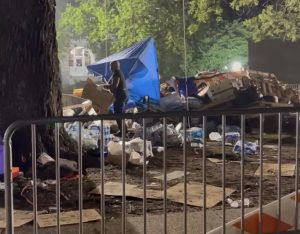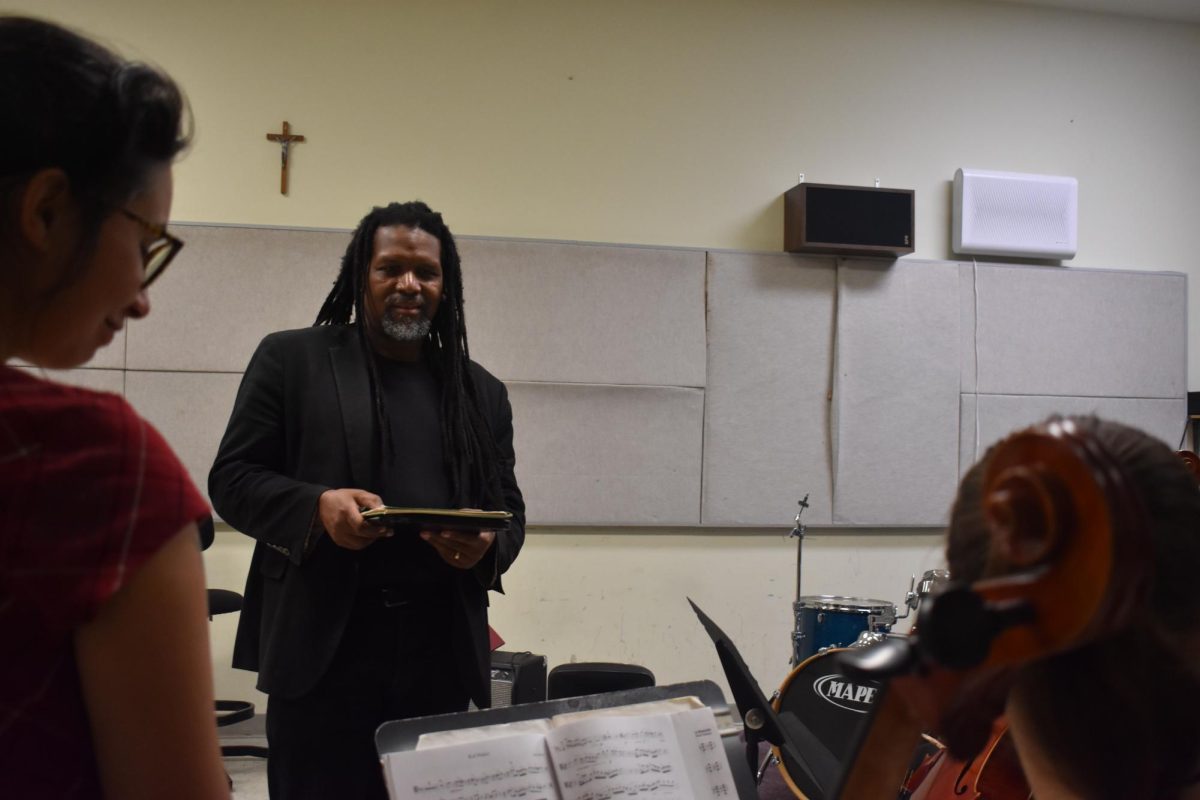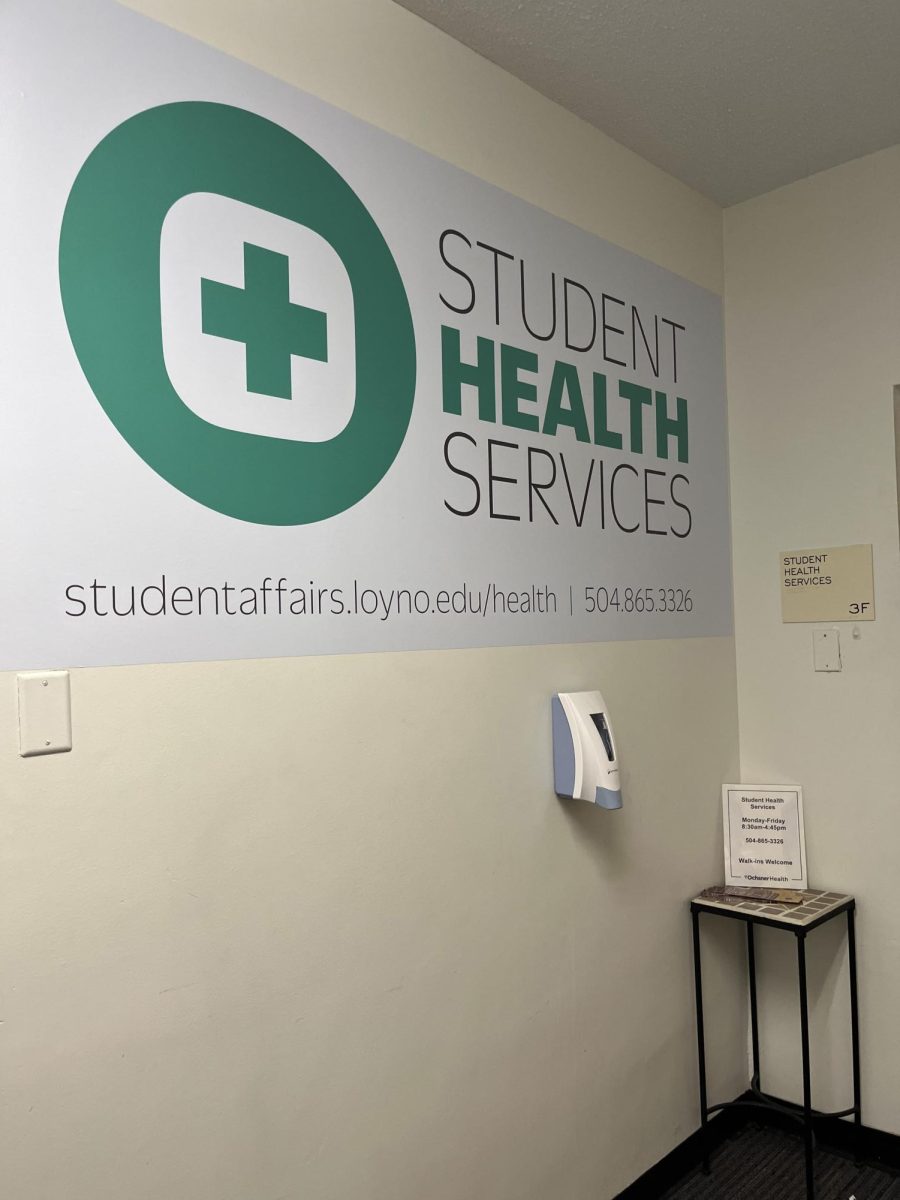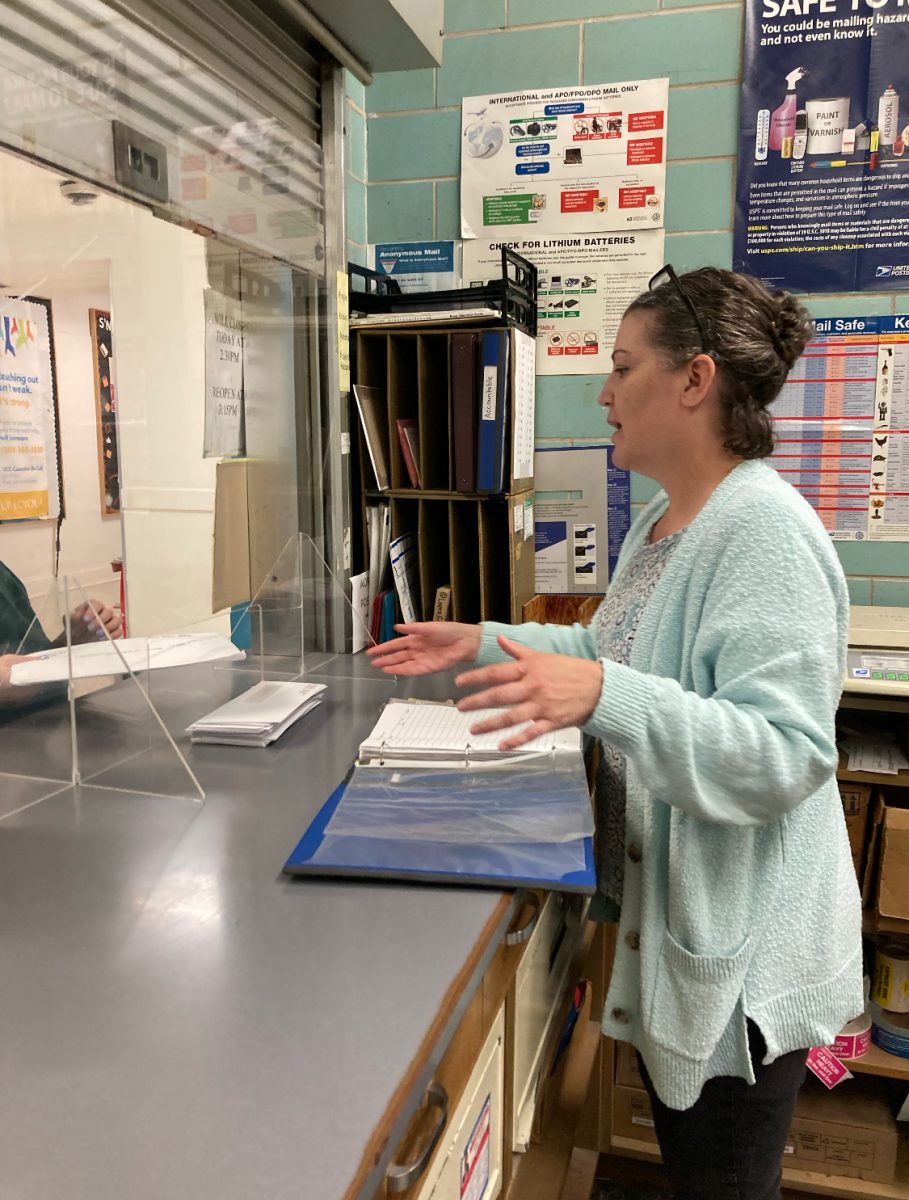Layoffs are confirmed as one of the next steps in the university’s plan to close the remaining $5.1 million budget deficit.
Although no detailed plans have been issued publicly, people within university leadership say that reducing the size of the workplace is one of the next logical steps in their efforts to shrink the budget gap.The deficit was caused by an enrollment shortfall for the 2013-2014 academic year.
Speaking about the university’s intended course of action to close the deficit left after the severance program’s implementation, the Rev. Kevin Wildes, S.J., told The Maroon that layoffs could be coming.
“There potentially could be layoffs, there is no doubt in my mind about that. That is a possibility,” Wildes said.
Marc Manganaro, provost and vice president for academic affairs, went on to confirm the university’s intent to cut down on faculty and staff numbers in comments he made to the Student Government Association during a senate meeting.
“We will be asking some staff to leave as we are downscaling, and that will happen in February,” Manganaro said. “We will not be rehiring some of our non-tenured, extraordinary faculty, given that we are somewhat smaller, and we are being strategic moving forward as to how big we want to be.”
The university was facing a much larger deficit of $7.5 million at the beginning of the school year. In response, administrators instituted a voluntary severance program.
“The recent voluntary severance program offered by the university to eligible employees was very successful and resulted in higher-than-expected participation and a savings of $2.4 million for the university,” said Meredith Hartley, university spokeswoman. “The university is strategically examining its expense budget in order to reduce it by 10.6 percent. However, these plans are still being developed at this time.”
Manganaro said that preserving the quality of student life has been a main point of consideration in the university’s strategic planning to close the remaining $5.1 million deficit.
“The vice presidents and the deans, we have all been working very hard on ways to reduce or eliminate and close that deficit for this year with the priority to minimally affect the educational experience of our students,” Manganaro said.
Manganaro said that adjustments to downsize must be made because of the decline of national college enrollment trends.
“We have a great freshman class, but the national demographics as well are telling us that we have fewer students who are coming in to college in the next several years,” Manganaro said. “So we need to be strategic and deliberate about resizing ourselves.
Part of the “resizing,” Manganaro said, may involve reducing the number of professors teaching common curriculum classes.
“For now it does mean that we need somewhat fewer teachers, especially in those common curriculum classes in the first year,” Manganaro said.
Meredith Hartley, director of public affairs, said that the university aims to trim its budget by 10.6 percent.
Manganaro also said that the university has been looking at other ways to improve the deficit without losing efficiency.
“We have been doing a lot of other cost-cutting measures within, with the priority not to damage or hamper our instructional effectiveness,” Manganaro said.
Wildes said that the university would need to take steps to reduce and control expenses during his President’s Convocation for Faculty and Staff address on Jan. 10.
“We need to make decisions carefully so that we both protect and invest in the university while we balance the budget,” Wildes said.
Manganaro said that the Strategic Planning Committee hopes to have a first draft of a new strategic plan completed by March so that it can be presented to the Board of Trustees at their meeting in May.
The strategic plan will be “very critical” in addressing issues of university sizing and in shaping its future, Manganaro said.
“We need to, and we are, acting very strategically not just how are we going to respond to fewer students, but how big should we be?” Manganaro said. “How big should the composition of classes year to year be? What do we want to be?”
Alicia Serrano can be contacted at [email protected]












